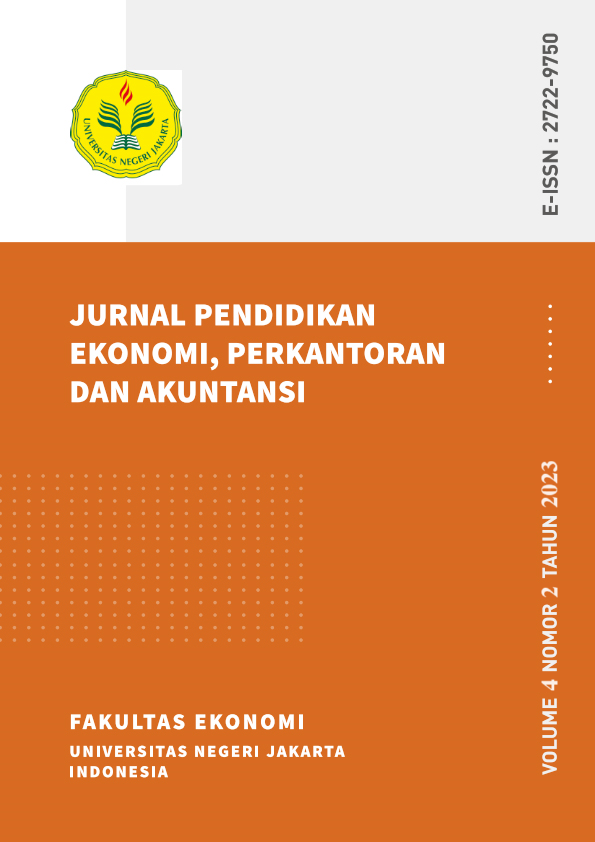THE INFLUENCE OF SELF EFFICACY AND SOFT SKILLS ON WORK READINESS IN STUDENTS OF THE FACULTY OF ECONOMICS, UNIVERSITAS NEGERI JAKARTA
DOI:
https://doi.org/10.21009/jpepa.0402.03Keywords:
self efficacy, soft skills, work readinessAbstract
Readiness to work is the overall condition of the individual which includes physical mental maturity and experience as well as the willingness and ability to carry out a job or activity. Readiness can be influenced by several factors, namely internal factors and external factors. This research was conducted to determine the effect of self efficacy and soft skills on work readiness in students of the Faculty of Economics, Universitas Negeri Jakarta 2019 by using a quantitative approach and survey methods. The sample in this study amounted to 139 students who were taken using a purposive sampling technique and calculated using the slovin formula. The instrument used was a Likert scale and data analysis using SEM PLS 4. The results showed that the self-efficacy construct had a t-statistic value of 4.135 greater than 1.96, and a p-value of 0.000 less than 0.05. The soft skill construct has a 1-statistic value of 0.2776 which is greater than 1.96, and a p-value of 0.049 which is less than 0.05. The F-Square value of the self efficacy variable to the hit readiness variable is 0.378, starting from the F-Square of saciable soft skills to diving work readiness 2.31. This shows that self-efficacy and soft skills have a positive influence on the work readiness of Economics students at Universitas Negeri Jakarta 2019.









